The Coconut tree, scientifically known as Cocos nucifera, belongs to the Arecaceae family. Boosting Coconut pollination is crucial for maximizing yields and ensuring a bountiful harvest. By enhancing pollination efficiency, Coconut trees can produce more Coconuts, leading to increased productivity and profitability for farmers. Improved pollination results in better fruit sets and larger nut sizes, ultimately contributing to a higher-quality end product.
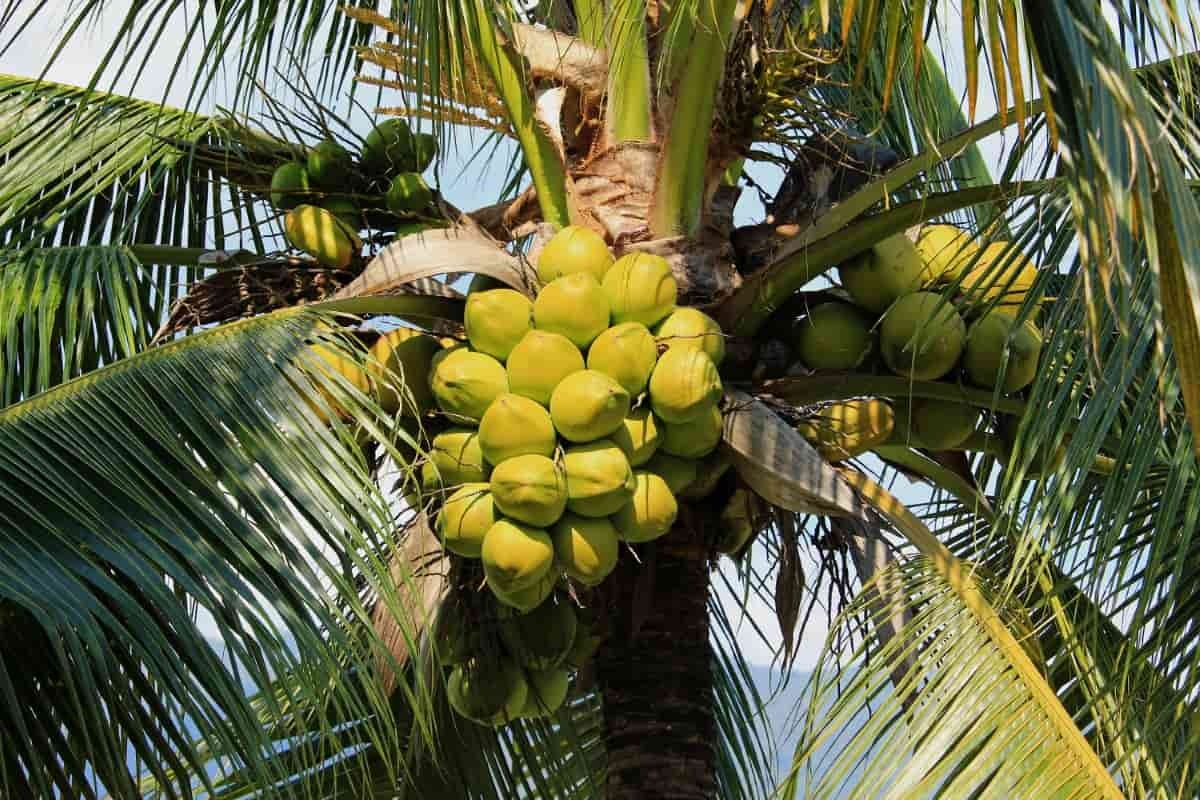
Improving Soil Fertility for Healthier Trees
One crucial aspect to consider is improving soil fertility to ensure healthy Coconut trees and maximize yield. Healthy soil provides essential nutrients for robust tree growth and better fruit development. Soil testing is a key step in understanding the nutrient composition of the land where Coconut trees are planted. Based on the results, specific fertilization plans can be tailored to meet the trees’ needs.
Organic matter addition through composting or mulching helps improve soil structure, water retention, and microbial activity—all vital for Coconut trees’ nutrient uptake. Incorporating cover crops like legumes can fix nitrogen in the soil naturally, reducing the need for synthetic fertilizers while enhancing overall soil health. Balancing pH levels and addressing any deficiencies promptly can create an optimal growing environment for Coconut trees to thrive and bear high-quality fruits rich in taste and nutrients.
Optimized Irrigation for Enhanced Flowering
Optimizing irrigation is a key factor in enhancing Coconut tree flowering and ultimately increasing yield. A consistent and adequate water supply ensures that the trees stay healthy and can produce an abundance of flowers. Coconut trees thrive in well-drained soil, so it’s crucial to monitor irrigation levels to prevent waterlogging, which can lead to root rot.
Implementing drip irrigation or using moisture sensors can help maintain the right balance of moisture for optimal growth. Adequate hydration encourages the development of healthy inflorescences, which are vital for successful pollination and fruit set.
Balanced Nutrient Management
By providing the mix of essential nutrients, we can support healthy foliage, robust root systems, and abundant fruit production. Nitrogen, phosphorus, potassium, and magnesium – are just a few of the critical nutrients that Coconuts crave for their overall well-being.
In case you missed it: Coconut Farming; Planting, Growing, Care, Harvesting
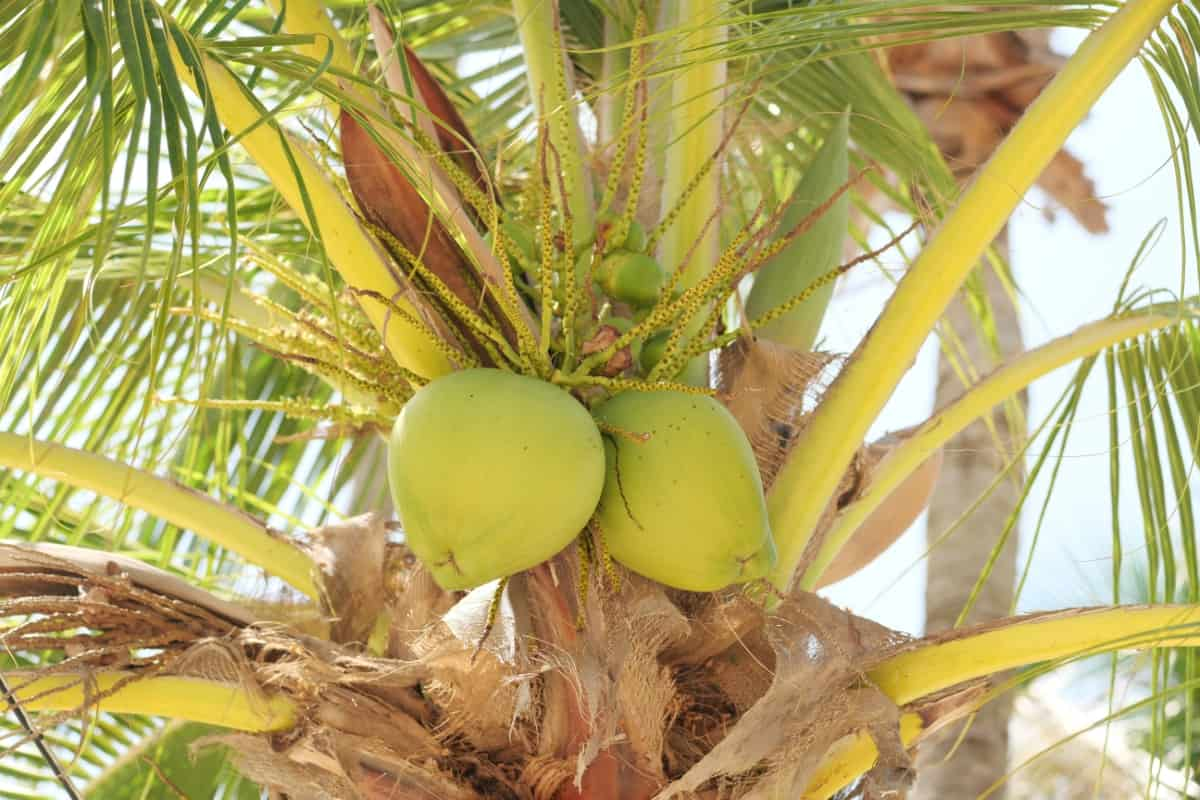
To achieve balanced nutrient management, soil testing is essential. Understanding the specific needs of your soil allows you to tailor your fertilization approach accordingly. Organic amendments like compost and manure can also play a vital role in replenishing organic matter and micronutrients.
Selection of High-Yield Coconut Varieties
High-yield Coconut varieties are those that have been bred or selected for their ability to produce a larger quantity of Coconuts without compromising quality. These varieties often exhibit traits such as early fruiting, resistance to diseases, and higher oil content in the Coconuts.
Selecting high-yield Coconut varieties can significantly impact your overall harvest and profitability. Some popular high-yield Coconut varieties include King Coconut, Malayan Dwarf Green, West Coast Tall, Chowghat Orange Dwarf, and others. Each variety has unique characteristics that make it desirable for commercial cultivation.
Strategic Pest and Disease Management
Pests and diseases can wreak havoc on Coconut trees, affecting their growth and productivity. Strategic pest and disease management practices are crucial to safeguarding Coconut plantations. Implementing integrated pest management techniques helps in controlling harmful insects and pathogens without relying solely on chemical pesticides.
Regular monitoring of the plantation for early signs of pests or diseases is key to preventing outbreaks. By identifying issues at an early stage, prompt action can be taken to minimize damage. Utilizing natural predators of pests, such as beneficial insects or birds, can also help maintain a balanced ecosystem within the plantation.
Implementing cultural practices like proper sanitation, such as removing fallen leaves and debris, reduces potential breeding grounds for pests. Training farmers in pest identification and management techniques empowers them to make decisions when faced with challenges in the field. Collaboration with agricultural experts can further enhance knowledge sharing and adoption of best practices in pest and disease control.
Effective Pruning for Better Light Exposure
Effective pruning is crucial in ensuring Coconut trees receive optimal light exposure for growth and development. By strategically trimming branches and foliage, sunlight can penetrate deeper into the canopy, promoting photosynthesis and overall tree health. Removing dead or diseased fronds not only enhances aesthetic appeal but also prevents pests from finding shelter in decaying plant matter. It is essential to prune with sharp tools to make clean cuts that heal quickly.
In case you missed it: Best Fertilizer for Coconut Trees: Organic, NPK, Compost Manure, Dose, and Schedule
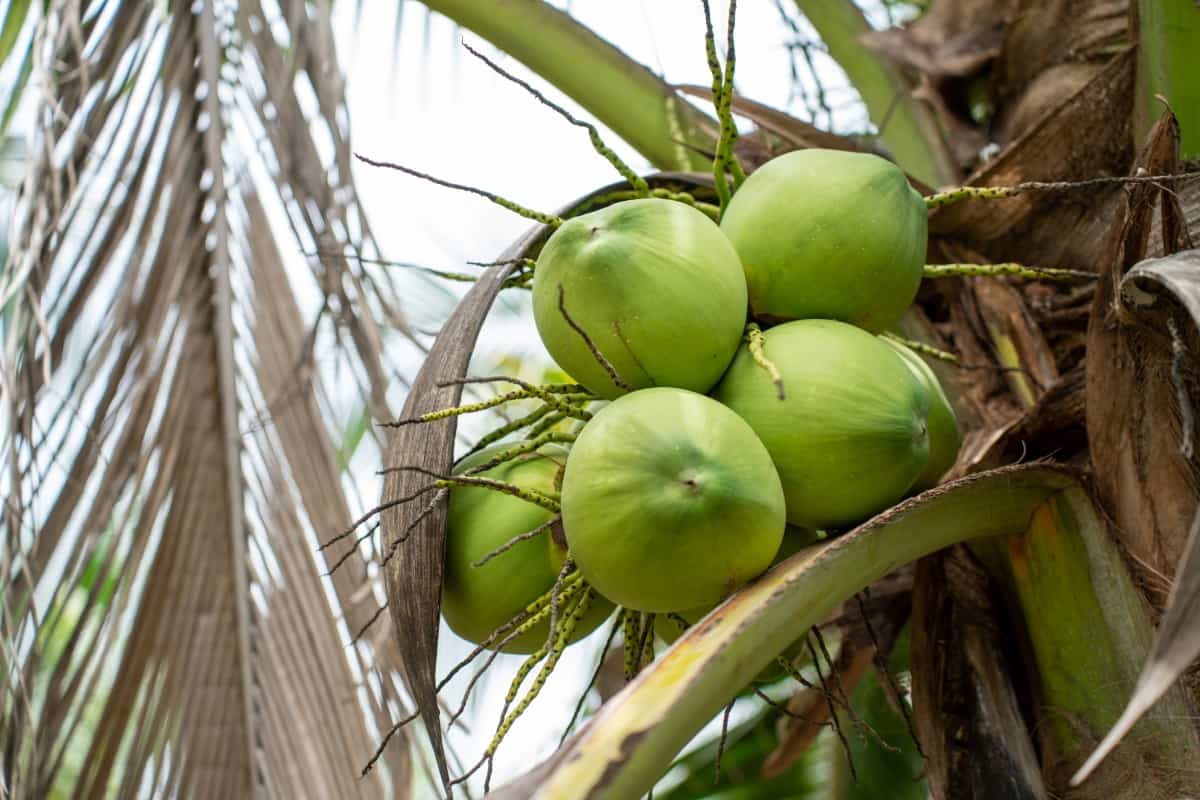
Regular maintenance pruning can prevent overcrowding and allow for new growth to flourish. Properly pruned Coconut trees exhibit better fruit production due to increased energy reserves being directed toward flower and fruit formation rather than sustaining unnecessary foliage. When done correctly, pruning can significantly impact the yield potential of Coconut plantations, making it a valuable practice for farmers seeking maximum productivity from their crops.
Intercropping to Enhance Biodiversity
Intercropping is a smart farming practice that involves planting different crops in close proximity. In the case of Coconut cultivation, intercropping can be an excellent way to enhance biodiversity within the plantation. By growing complementary crops alongside Coconut trees, farmers can create a more sustainable and resilient agroecosystem.
Diverse plant species can attract beneficial insects and pollinators, creating a healthier environment for Coconuts and other crops. Additionally, intercropping helps reduce soil erosion and nutrient depletion by maintaining soil health through varied root systems. Popular intercrops with Coconuts include legumes like beans or peas, fruit trees such as mango or papaya, and even medicinal plants like turmeric or ginger.
Organic Mulching for Moisture and Nutrient Retention
By using natural materials like leaves, straw, or compost as mulch around the base of the tree, you create a protective barrier that helps retain moisture in the soil. This moisture retention is crucial during dry spells or periods of drought, ensuring your Coconut trees stay healthy and hydrated.
Organic mulching keeps the soil moist and acts as a nutrient reservoir for the trees. It’s like giving your trees a continuous supply of organic fertilizer right at their roots. In addition to improving moisture retention and nutrient availability, organic mulching offers other benefits. Plus, as the mulch breaks down, it enhances soil structure and promotes beneficial microbial activity beneath the surface.
Pollinator Attraction Techniques
When it comes to maximizing Coconut yield, pollinator attraction techniques play a crucial role in ensuring successful fertilization. Creating an environment for pollinators such as bees, butterflies, and other insects can significantly boost fruit production. An effective technique is planting companion plants that attract pollinators around Coconut trees.
In case you missed it: Hybrid Coconut Cultivation; Yield; Varieties for Profit
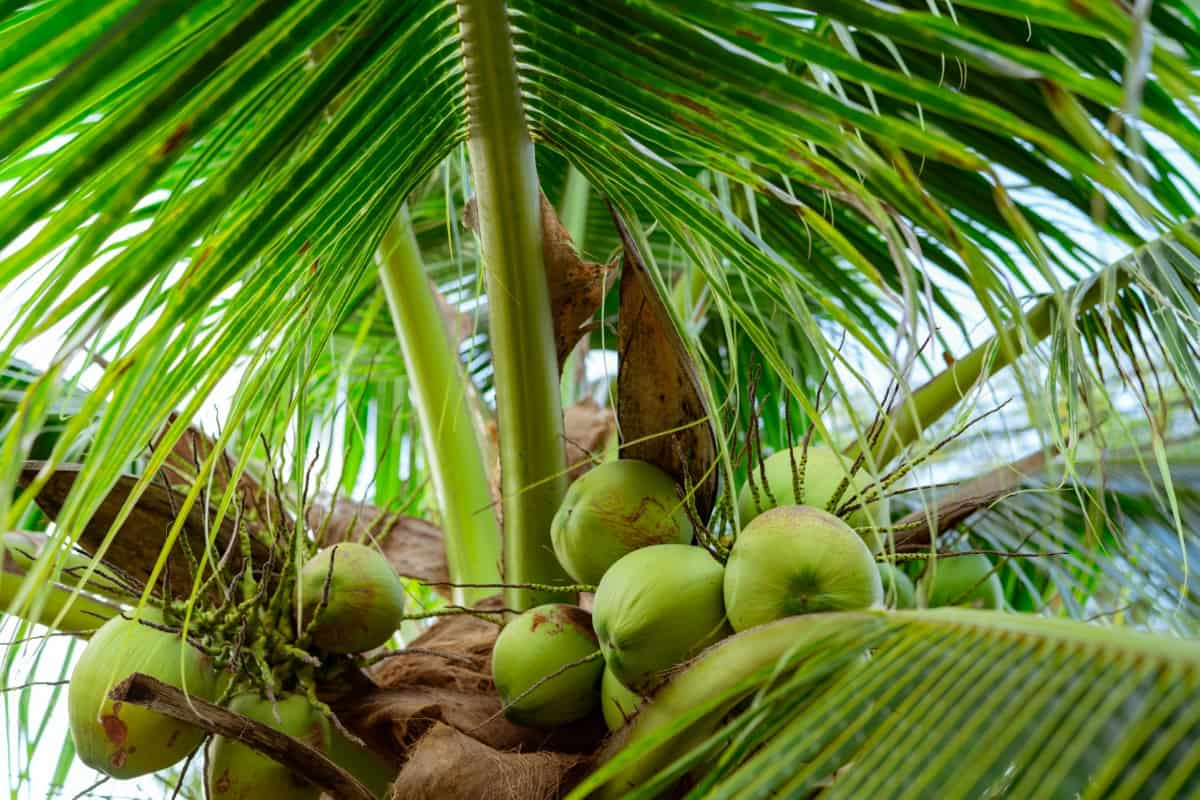
Flowers like marigolds, sunflowers, and lavender not only add beauty but also entice beneficial insects to visit the area. Another method is to provide nearby water sources for thirsty pollinators. Small dishes or bird baths filled with clean water can serve as attractive pit stops for these essential helpers. Avoiding pesticide use near Coconut groves is vital to protect the health of pollinators.
Proper Spacing for Optimal Growth
Adequate spacing between Coconut trees allows for better access to sunlight and airflow, promoting healthy development. By ensuring the right distance between trees, you prevent overcrowding that can lead to competition for nutrients and hinder overall growth. This also reduces the risk of diseases spreading through close contact. Each Coconut tree needs sufficient space to spread its roots and access essential resources from the soil without fighting with neighboring trees.
Proper spacing fosters stronger root systems, which are vital for anchoring the tree and absorbing nutrients efficiently. Additionally, maintaining adequate distance between trees facilitates easier maintenance practices such as pruning and harvesting. Proper spacing is not just about creating room physically but also allowing each Coconut tree the best opportunity to thrive and contribute towards a bountiful harvest in the long run.
Use of Growth Regulators to Increase Flowering
The innovative technique gaining popularity is the use of growth regulators. These regulators are substances that can stimulate or inhibit plant growth processes, ultimately leading to increased flowering in Coconut trees. By carefully applying growth regulators at specific stages of tree development, farmers can encourage more flowers to bloom, which directly translates into higher yields.
This method is particularly beneficial for Coconut plantations aiming to enhance pollination rates and boost overall productivity. The application of growth regulators requires precision and timing. To achieve optimal results, it’s essential to follow recommended dosages and application schedules. When used effectively, growth regulators can be valuable tools for promoting flowering in Coconut trees and maximizing yield potential.
Water Stress Management
Adequate water supply ensures healthy tree growth and optimal fruit production. Coconut trees require consistent watering, especially during dry periods, to prevent dehydration. Implementing drip irrigation systems can efficiently deliver water directly to the roots, minimizing wastage. Monitoring soil moisture levels regularly helps adjust irrigation schedules accordingly. Overwatering the Coconut tree can lead to root rot, while underwatering results in stunted growth and reduced flower formation.
In case you missed it: Coconut Gardening for Beginners, How to Start
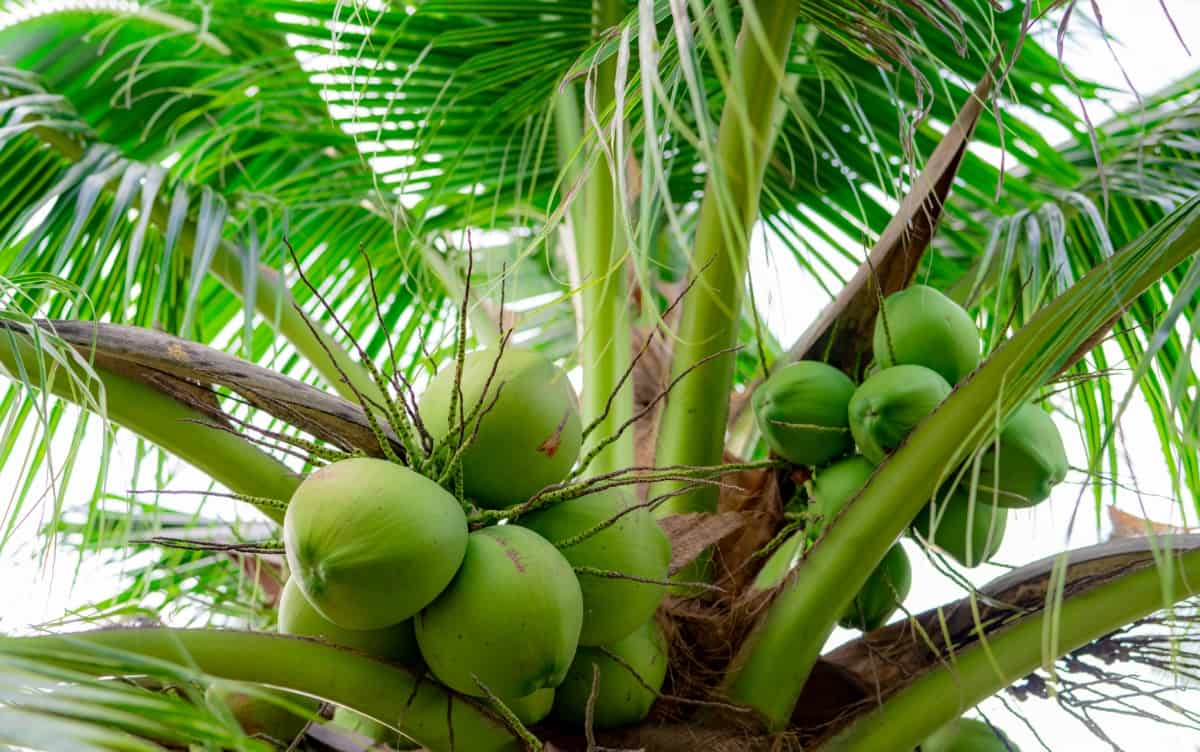
Organic mulch also improves soil structure over time, promoting better water retention capacity. Incorporating water-saving techniques like rainwater harvesting can sustainably supplement irrigation needs. Collecting rainwater during the wet season provides a natural source of hydration for Coconut palms when rainfall is scarce. Proper water stress management is essential for ensuring robust Coconut tree health and optimizing fruit production potential.
Regular Monitoring and Maintenance
By consistently checking the health of your trees, you can detect any issues early on and take proactive measures to address them before they escalate. Keep a close eye on the growth pattern, leaf color, and overall appearance of your Coconut trees. Any abnormalities could indicate nutrient deficiencies or pest infestations that need immediate attention. Regularly inspect the soil moisture levels to ensure proper hydration for optimal tree growth. Adjust irrigation schedules accordingly based on weather conditions and tree requirements.
Prune dead or diseased fronds regularly to promote healthy new growth and prevent disease spread within the canopy. Proper pruning also allows for better air circulation and sunlight penetration, leading to improved flowering and fruit production. Stay vigilant against common pests like mites, beetles, or caterpillars by implementing integrated pest management strategies. Regularly apply organic pesticides if needed while ensuring minimal impact on beneficial insects in the ecosystem.
Climate Adaptation and Resilience Building
As Coconut farmers, navigating the challenges of climate change is crucial for ensuring sustainable yields. Climate adaptation involves implementing strategies to mitigate the impacts of changing weather patterns on Coconut trees. Resilience building is about equipping our Coconut plantations with the necessary tools to withstand environmental stressors. This includes selecting resilient Coconut varieties that can thrive in varying climatic conditions.
Implementing efficient water management practices, such as drip irrigation and rainwater harvesting, can help combat droughts and ensure adequate moisture levels for our Coconut palms during dry spells. Additionally, integrating agroforestry practices within our plantations can create microclimates that buffer against extreme temperatures and winds, promoting overall resilience in our farming systems.
Enhancing Genetic Diversity Through Cross-Pollination
It is a key strategy in maximizing Coconut yield. By introducing pollen from different varieties, we promote genetic variation within the Coconut trees, leading to stronger and more resilient offspring. This process helps create Coconuts that are better adapted to their environment and less susceptible to pests and diseases. Cross-pollination also plays a crucial role in improving overall tree health and productivity.
In case you missed it: Coconut Seed Germination, Time Period, Process
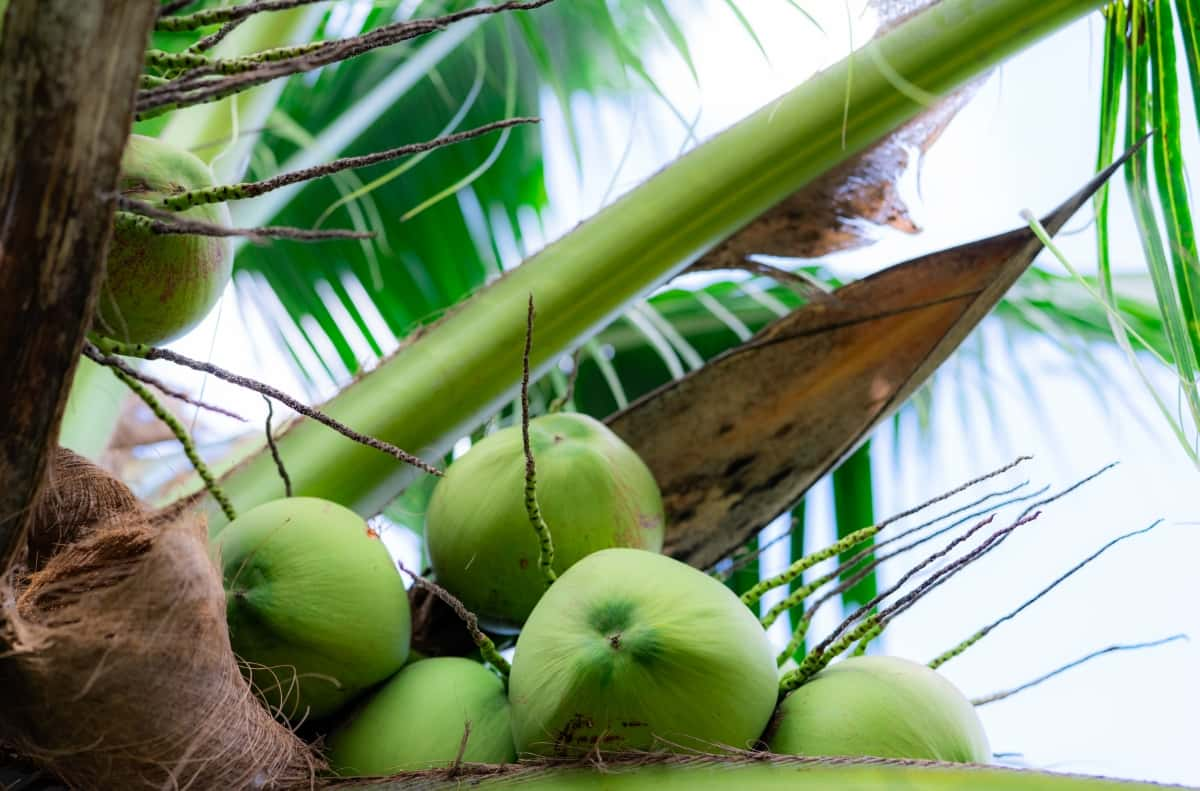
It allows for the exchange of beneficial traits among different Coconut varieties, resulting in higher-quality fruits with enhanced nutritional value. Moreover, diversified genetics can increase resistance to changing environmental conditions, such as climate fluctuations or soil degradation. By actively engaging in cross-pollination practices, Coconut farmers can help preserve diverse genetic resources within the Coconut population.
Community Engagement and Education on Best Practices
Engaging the community in sustainable Coconut farming practices is key to ensuring long-term success. Community workshops and training sessions can provide valuable insights into innovative techniques for maximizing Coconut pollination and yield. These interactions foster a sense of collaboration and shared responsibility among growers, leading to a more cohesive cultivation approach.
Encouraging knowledge-sharing within local communities creates a network of support where ideas flow freely, sparking creativity and problem-solving skills. Empowering individuals with information empowers the entire community. Through continuous education efforts, build a strong foundation of expertise that will not only enhance current farming practices but also pave the way for future advancements in Coconut agriculture.
Boosting Coconut pollination is crucial for ensuring optimal fruit production in Coconut trees. Adequate pollination directly impacts the quantity and quality of Coconuts harvested. Improving Coconut pollination leads to increased yield, providing more Coconuts for consumption and various industries.
- Types of Pesticides Used in Agriculture: A Beginner’s Guide
- Economical Aquaculture: A Guide to Low-Budget Fish Farming
- 15 Common Planting Errors That Can Doom Your Fruit Trees
- How to Make Houseplants Bushy: Effective Tips and Ideas
- Innovative Strategies for Boosting Coconut Pollination and Yield
- Pollination Strategies for Maximum Pumpkin Yield
- The Complete Guide to Chicken Fattening: Strategies for Maximum Growth
- Natural Solutions for Tulip Problems: 100% Effective Remedies for Leaf and Bulb-Related Issues
- Revolutionizing Citrus Preservation: Towards a Healthier, Greener Future
- Natural Solutions for Peony Leaf and Flower Problems: 100% Effective Remedies
- Maximizing Profits with Avocado Contract Farming in India: A Comprehensive Guide
- Natural Solutions for Hydrangea Problems: 100% Effective Remedies for Leaf and Flowers
- The Ultimate Guide to Choosing the Perfect Foliage Friend: Bringing Life Indoors
- From Sunlight to Sustainability: 15 Ways to Use Solar Technology in Agriculture
- The Ultimate Guide to Dong Tao Chicken: Exploring from History to Raising
- The Eco-Friendly Makeover: How to Convert Your Unused Swimming Pool into a Fish Pond
- Mastering the Art of Delaware Chicken Farming: Essentials for Healthy Backyard Flocks
- 20 Best Homemade Fertilizers for Money Plant: DIY Recipes and Application Methods
- How to Craft a Comprehensive Free-Range Chicken Farming Business Plan
- Brighten Your Flock: Raising Easter Egger Chickens for Beauty and Bounty
- How to Optimize Your Poultry Egg Farm Business Plan with These Strategies
- Subsidy for Spirulina Cultivation: How Indian Government Schemes Encouraging Spirulina Farmers
- Ultimate Guide to Raising Dominique Chickens: Breeding, Feeding, Egg-Production, and Care
- Mastering the Art of Raising Jersey Giant Chickens: Care, Feeding, and More
- Ultimate Guide to Raising Legbar Chickens: Breeding, Farming Practices, Diet, Egg-Production
- How to Raise Welsummer Chickens: A Comprehensive Guide for Beginners
- How to Protect Indoor Plants in Winter: A Comprehensive Guide
- Ultimate Guide to Grow Bag Gardening: Tips, Tricks, and Planting Ideas for Urban Gardeners
- Guide to Lotus Cultivation: How to Propagate, Plant, Grow, Care, Cost, and Profit
- Agriculture Drone Subsidy Scheme: Government Kisan Subsidy, License, and How to Apply Online
- Ultimate Guide to Raising Araucana Chickens: Breed Profile, Farming Economics, Diet, and Care
- Bringing Hydroponics to Classroom: Importance, Benefits of Learning for School Students
- Ultimate Guide to Raising Polish Chickens: Breed Profile, Farming Economics, Diet, and Care
- Ultimate Guide to Raising Australorp Chickens: Profile, Farming Economics, Egg Production, Diet, and Care
- Silkie Chicken Farming: Raising Practices, Varieties, Egg Production, Diet, and Care
- Sussex Chicken Farming: Raising Practices, Varieties, Egg Production, Diet and Care